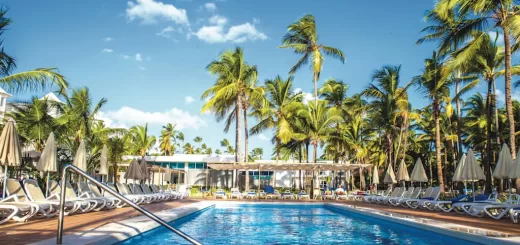Understanding Sargassum in Cancún
Understanding Sargassum in Cancún
Cancún, a jewel in the crown of Mexico’s Yucatán Peninsula, evokes images of immaculate white-sand beaches kissed by the turquoise waters of the Caribbean Sea. It’s a paradise for sun lovers, a playground for adventurers, and a haven for those seeking an escape from daily life. However, in recent years, an unwelcome visitor has begun making its presence known along these idyllic shores: sargassum. This naturally occurring brown algae plays a vital ecological role in the open ocean, but when it accumulates in large quantities along coastlines, it poses a significant challenge—impacting the very essence of what makes destinations like Cancún so attractive.
In this guide, you’ll not only learn how this phenomenon works and what’s being done about it, but also discover the hidden corners of the Riviera Maya where you can enjoy virtually sargassum-free beaches.
What is sargassum, and why does it reach our shores?
In its natural habitat, sargassum is essential to oceanic biodiversity. But during a “bloom,” when massive amounts form and ocean currents push it toward land, it can create thick mats that:
- Obstruct access to the sea
- Release a sulfurous odor as it decomposes
- Disrupt the marine life that depends on seagrasses and coral reefs
Although temporary, this situation can significantly affect the traveler’s experience and the health of the coastal ecosystem.
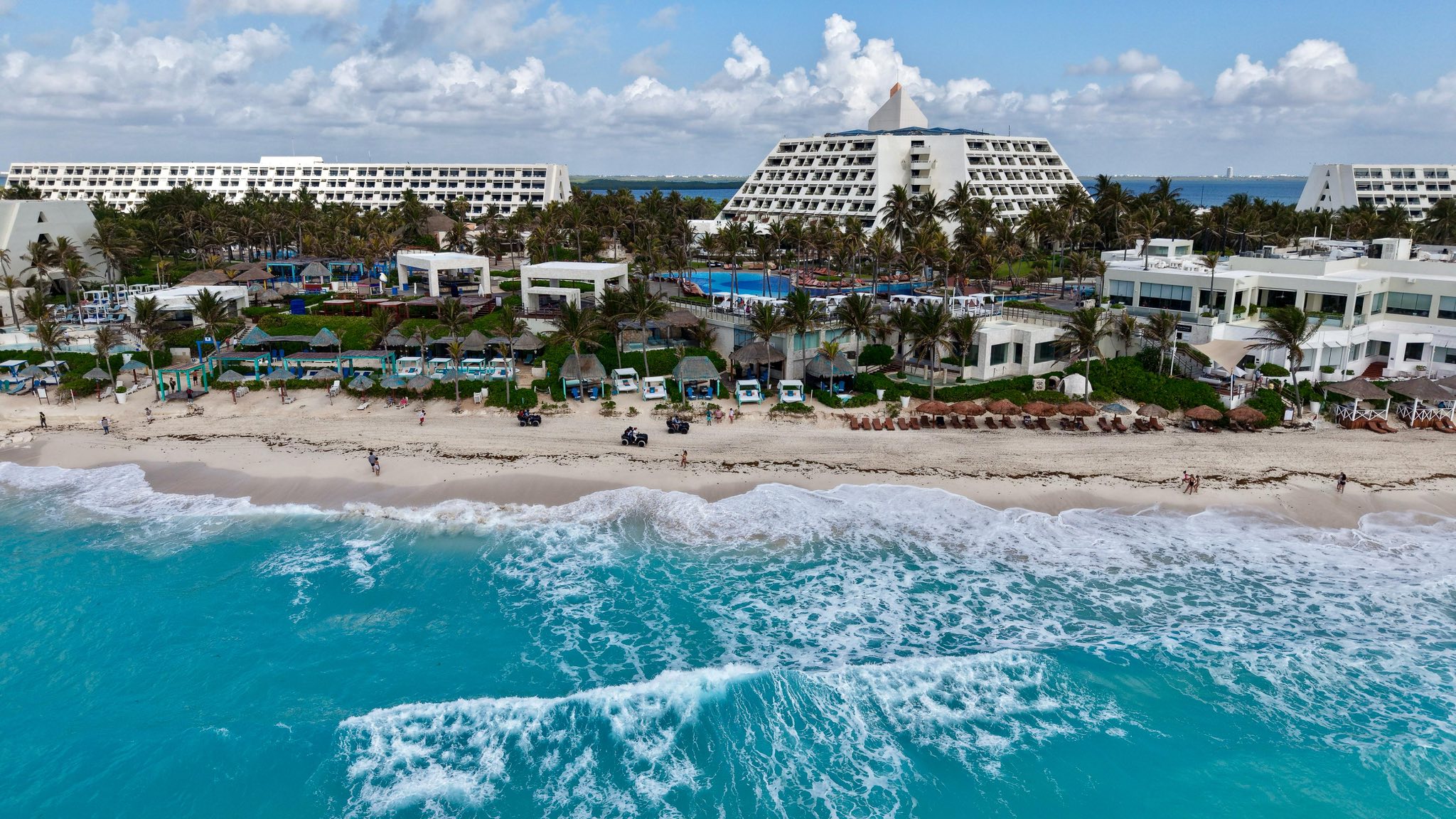
Why it matters
The arrival of large sargassum blooms is not just a visual nuisance—it has far-reaching consequences. Thick layers of algae can blanket the coastline, making it difficult and unpleasant to walk on the beach or enter the water. As sargassum breaks down, it emits a sulfur-like smell (similar to rotten eggs), which can detract from the sensory charm of a tropical getaway. For tourists dreaming of postcard-perfect beaches, encountering piles of smelly seaweed can be a major disappointment, potentially affecting their overall satisfaction and the destination’s reputation.
Beyond the immediate impact on tourism, heavy sargassum influxes can negatively affect fragile coastal ecosystems. Dense layers of seaweed block sunlight from reaching seagrass beds and coral reefs—essential habitats for a rich variety of marine life. The decomposition process can also reduce oxygen levels in the water, leading to fish deaths and harming other marine organisms. This ecological imbalance not only damages biodiversity but also has long-term consequences for the health and resilience of the environment that sustains Cancún’s tourism industry.

What travelers should know
For those planning a trip to this beautiful region, understanding the sargassum phenomenon is key to setting realistic expectations and making informed decisions. While the presence and intensity of sargassum can vary depending on the time of year and ocean currents, it’s wise to consider that it may be a factor during certain seasons. Checking recent beach conditions and staying updated on the general sargassum situation can help travelers prepare and adjust their plans to minimize any impact on their vacation.
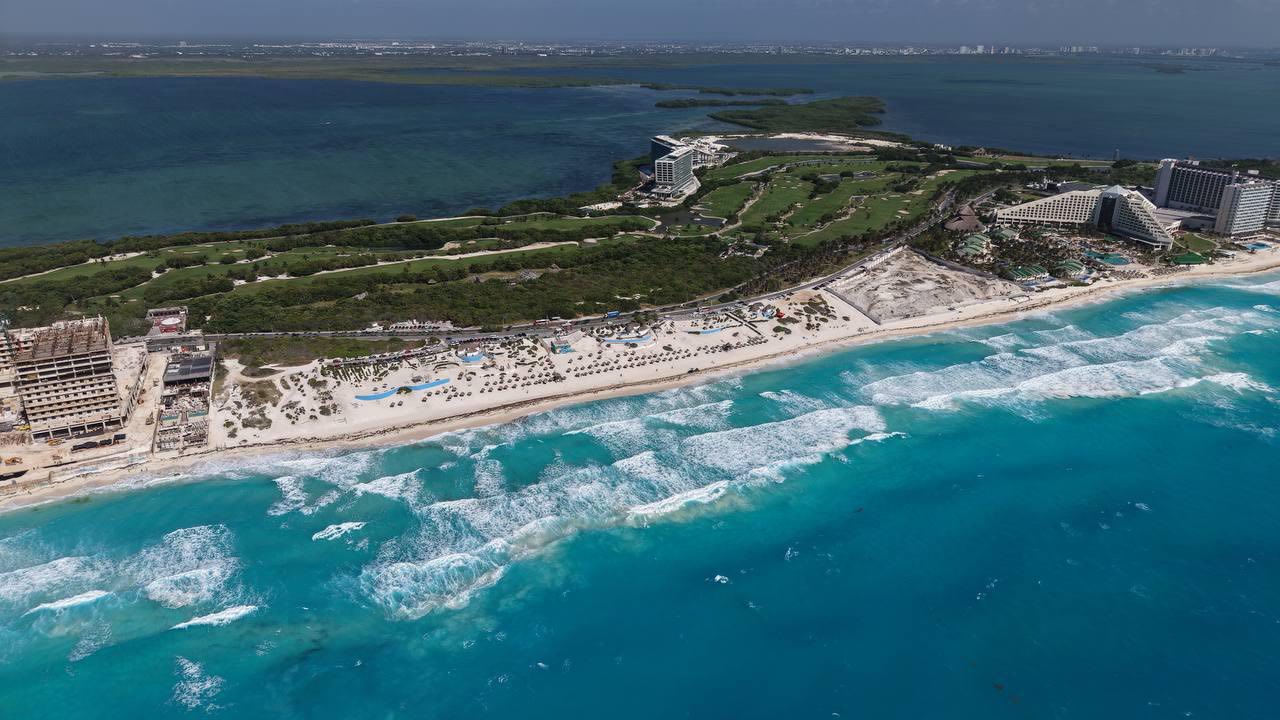
Efforts to manage the issue
Fortunately, the authorities and local communities in Quintana Roo, the Mexican state where Cancún is located, are actively working to combat the sargassum problem. Recognizing the importance of tourism to the regional economy and the need to protect the environment, significant efforts are underway to manage and mitigate the effects of this seaweed. These initiatives take a comprehensive approach, combining immediate cleanup operations with long-term strategies to understand and address the root causes of increased sargassum blooms.
One of the most visible actions includes the deployment of manual and mechanical beach cleaning crews. Workers carefully collect and remove sargassum from the shoreline, often using specialized machinery to handle large volumes. In addition, floating barriers are being strategically installed in some areas to intercept the seaweed before it reaches the beach. These barriers help redirect or slow down the influx, giving cleanup teams more time to act.
There are also significant investments in scientific research and technology to better understand the sargassum phenomenon. Scientists are studying factors contributing to the blooms, such as changes in ocean currents, nutrient levels, and climate patterns. This research is vital for developing more effective long-term forecasting and mitigation strategies. Innovative approaches are also being explored, such as the potential use of collected sargassum as biofuel or fertilizer, turning a problem into a possible resource.
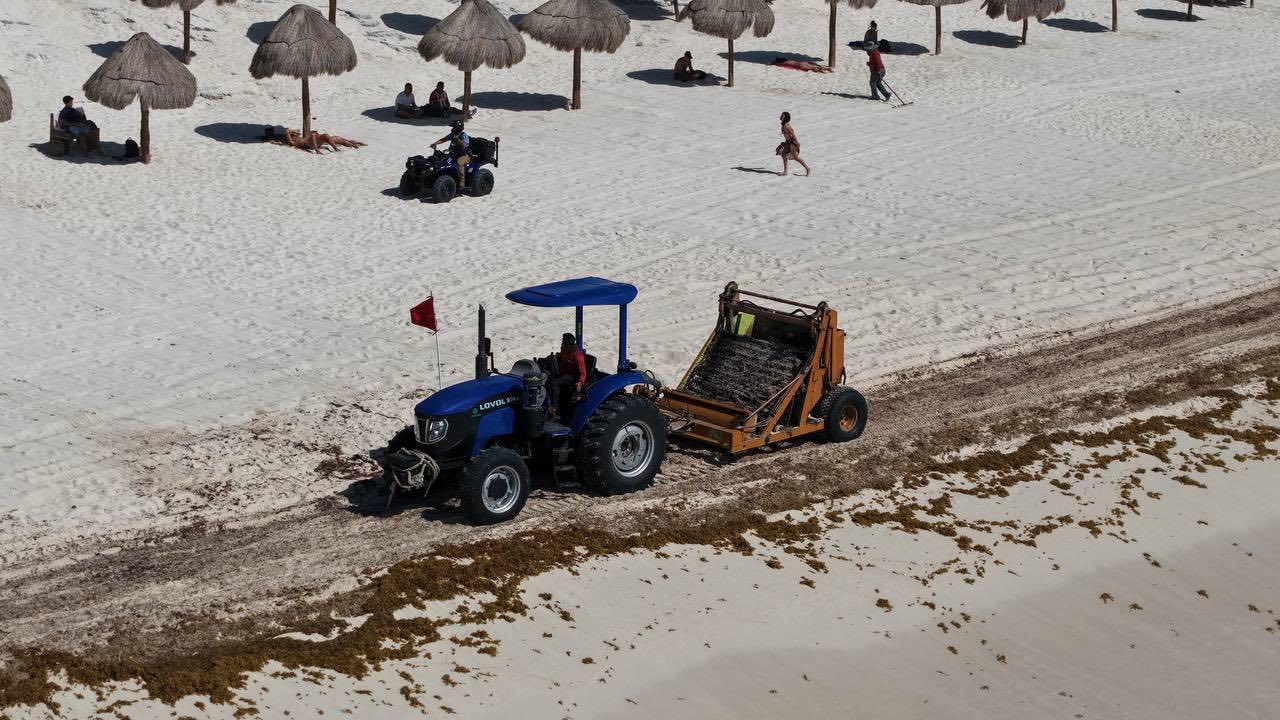
Top Beaches with Less Sargassum in the Riviera Maya
If you’re looking to guarantee a day of sun and crystal-clear sea, consider these destinations known for low sargassum levels:
| Beach / Area | Why Choose It | Season with Less Sargassum |
| Punta Maroma | Fine sand, turquoise water, very calm waves. | Nov–Apr |
| Xpu-Há | Relaxed vibe with low coastal vegetation. | Dec–May |
| Isla Mujeres (North Beach) | Cleaner ocean currents around Punta Norte. | Year-round (lowest in winter months) |
| Playa Paraíso (Tulum) | Wide beaches and calm waters, perfect for postcard photos. | Jan–Mar |
| Akumal | Sheltered bay, excellent snorkeling with turtles. | Nov–Mar |
| Playa del Carmen (North Zone) | High-end tourism services and spacious beaches. | Dec–Apr |
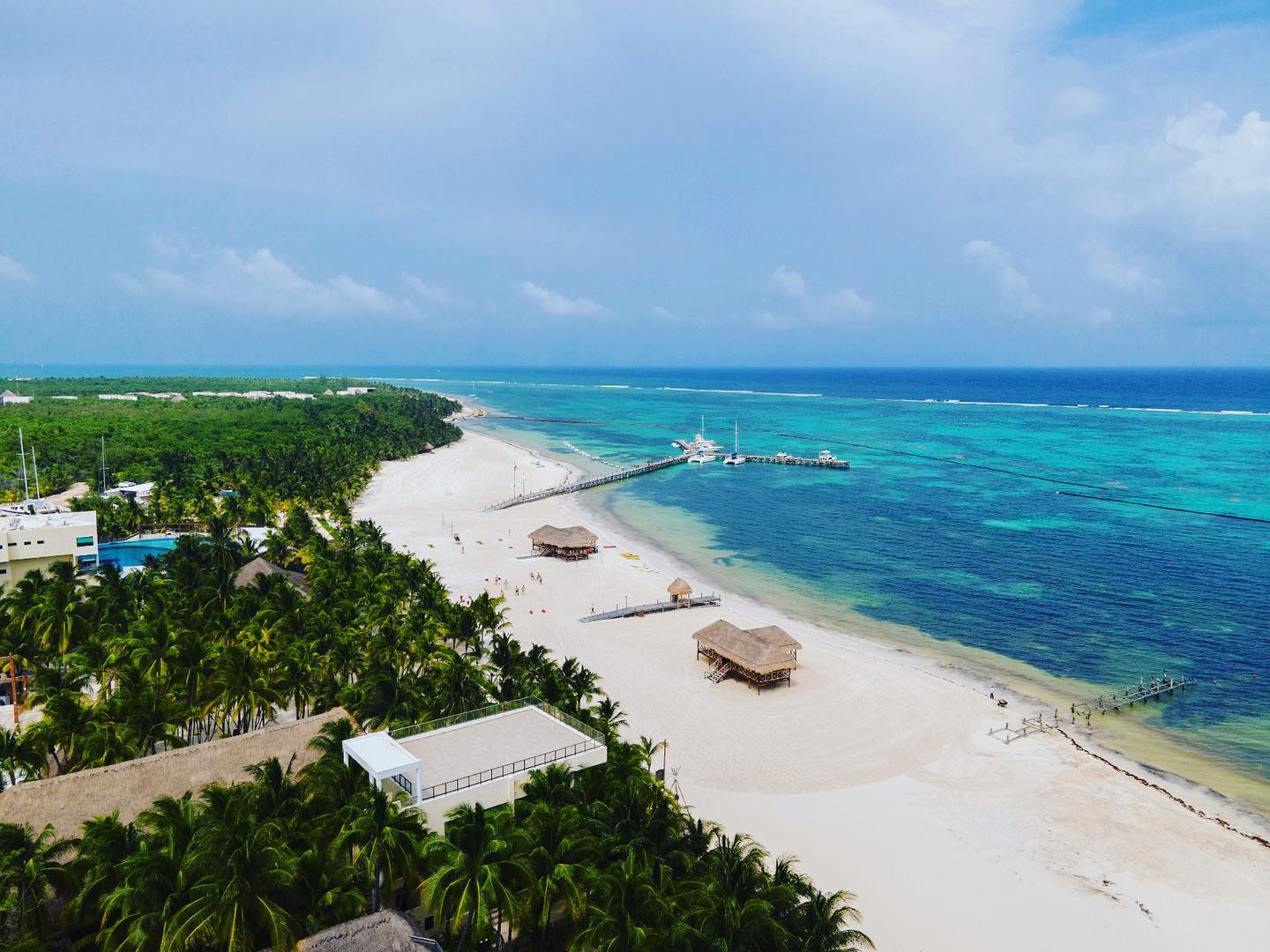
Travel Tips
- Check the sargassum forecast: Many local websites and apps update conditions daily.
- Plan your route: With door-to-door transportation, you avoid surprises and enjoy more.
- Diversify your activities: Alternate beach days with cultural tours (cenotes, Mayan ruins) to keep your trip exciting and well-rounded.
Understanding the sargassum phenomenon and trusting a reliable transportation service ensures a perfect vacation experience. Come and discover the magic of Cancún and the Riviera Maya—stress-free and surrounded by the paradise you deserve!

